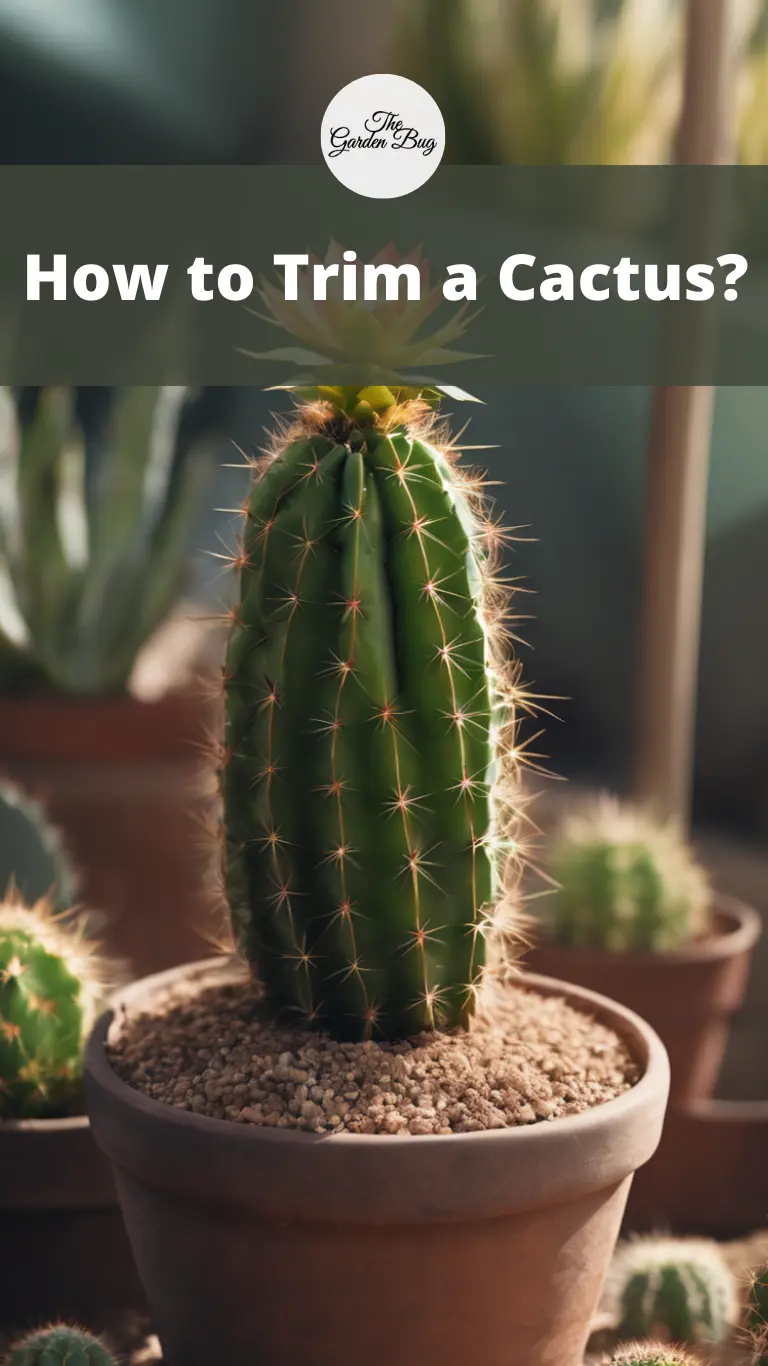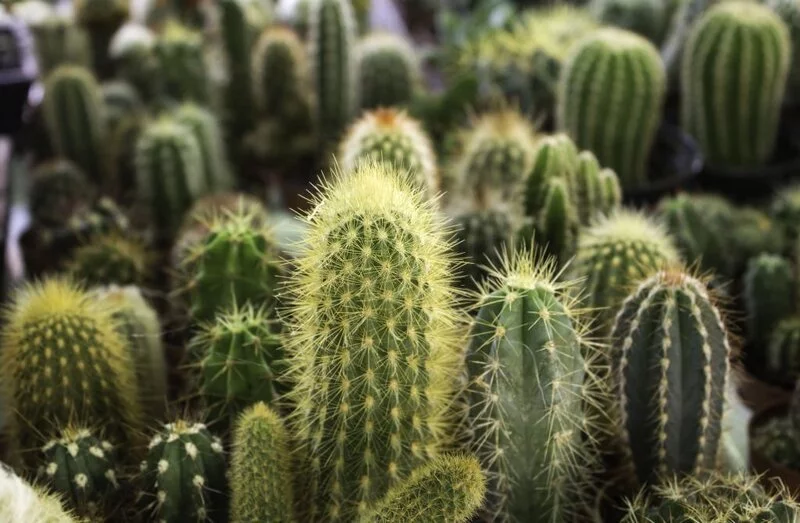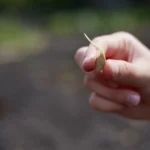Today, we’re diving into the world of cactus grooming – yes, you read that right, cactus trimming! These sturdy, water-conserving plants are a favorite of many, with their unique shapes and stunning blooms. However, even these low-maintenance plants require some care to stay healthy and look their best. One key aspect of this care involves trimming. Trimming your cactus can help manage growth, remove damaged sections, and even assist in combating disease. Before we start, remember that safety is paramount. Cacti are prickly customers, so always use caution and wear protective gloves when handling them. Ready to learn more? Let’s get started!
Signs Your Cactus Needs Trimming
Wondering how to tell if your spiky friend needs a trim? Here are some signs to look out for:
- Overgrowth: If your cactus is outgrowing its space or has growth that’s unbalanced and causing it to lean or tip over, it might be time for a trim.
- Disease: Cacti can suffer from diseases like fungal infections or rot. If you notice black or mushy areas on your cactus, these might need to be removed to prevent the disease from spreading.
- Damage: Physical damage, including broken sections or areas damaged by pests, may need trimming to keep your cactus healthy.
Remember, regular observation of your cactus is crucial to catch these issues early. Now, let’s talk about the tools you’ll need for this prickly job. Stay with us as we navigate the cactus trimming adventure!
Tools Needed for Trimming a Cactus
Before you dive into trimming your cactus, make sure you’re equipped with the right tools. This isn’t just about making the job easier—it’s also about safety. Here’s what you’ll need:
- Protective Gloves: Thick gloves, preferably made of leather, are a must to protect your hands from the cactus’s spines.
- Pruners: Sharp pruning shears or a knife will be required to make clean cuts.
- Tongs: Long tongs can be useful to hold smaller cacti or to handle cut sections.
- Newspaper or Cardboard: These can be wrapped around larger cacti to protect you from spines while you’re making cuts.
Now that you’re ready let’s move on to the actual trimming process!
How to Trim a Cactus: A Step-by-Step Guide
Trimming a cactus might seem daunting, but with these step-by-step instructions, you’ll be a pro in no time!
- Prepare Your Cactus: Using your tongs or wrapped-up newspaper, gently hold the cactus in place.
- Identify the Cut Area: Look for the areas that require trimming, whether they’re overgrown, damaged, or diseased.
- Make the Cut: Using your pruners or knife, make a clean cut on the identified area. Try to cut at a downward angle to allow water runoff, reducing the chance of rot.
- Seal the Cut: After cutting, the cactus needs time to heal. Leave the cactus in a dry, shaded area for a few days to allow the cut to dry and form a callous.
- Dispose of the Cuttings: Safely dispose of the cuttings or consider propagating them if they’re healthy!
And that’s it! You’ve successfully trimmed your cactus. In the next section, we’ll talk about what to do after you’ve finished trimming. Keep reading!
Aftercare: What to Do After Trimming Your Cactus
Congratulations on successfully trimming your cactus! But the job’s not done yet. Here’s what you need to do post-trim:
- Let It Heal: Give your cactus a few days to dry out and heal before you water it. This helps to prevent any infection from setting in.
- Monitor: Keep a close eye on the trimmed areas. If you notice any signs of disease or distress, take action immediately.
- Consider Propagation: If the trimmed pieces are healthy, why not grow more cacti? Let the cut end dry out and form a callous, then place it in well-draining soil. With time and care, you’ll have a new cactus sprouting up!
Frequently Asked Questions about Trimming Cacti
Let’s tackle some common queries that pop up when it comes to trimming cacti:
- When is the best time to trim a cactus? The ideal time to trim a cactus is during its dormant period, usually in the cooler months of the year.
- Can trimming a cactus hurt it? No, as long as it’s done correctly. In fact, trimming can help your cactus by removing overgrowth and diseased parts.
- Can I trim a flowering cactus? Yes, but avoid trimming the flowering sections unless they’re showing signs of disease or distress.
Conclusion
There you have it – a complete guide to trimming your cactus. While these hardy plants don’t require much fuss, a little grooming now and then can help them live longer, healthier lives. Trimming helps control growth, remove damaged sections, and stop disease in its tracks. And remember, with the right tools and a careful approach, you can ensure the process is safe for both you and your prickly friend.
So, don your gardening gloves and wield those pruners with confidence! Your cactus will thank you for it. Happy trimming!




